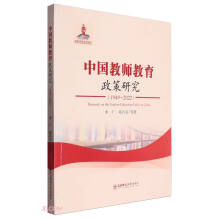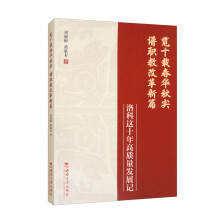Language is the most important tool for human communication, and thinking, and it is the vehicle by which knowledge is transmitted. The use of language is an extraordinarily complicated skill. Each of us has the capacity to produce and understand an almost limitless number of sentences. For many people this skill for using language is "a defining feature of humanity" (Lund 2003: 39). Yet this complicated skill seems to be learned by children with ease and nearly all children who are exposed to language learn it rapidly. How this remarkable development take place and how children so quickly and as if by magic acquire language have interested experts in a variety of areas, such as linguists, psychologists and psycholinguists. Over the past years, there have been a large number of differing theories about how children acquire their first language. Among them are the three leading positions: behaviorist, innatist, and interactional/ developmental perspectives.<br> 1.1.1 Language acquisition and language learning<br> Before the introduction to the theories of first language acquisition, let us have an understanding of the following terms:<br> Language acquisition is a complicated process which involves a wide range of social, psychological, cognitive, linguistic and physiological factors.
展开










